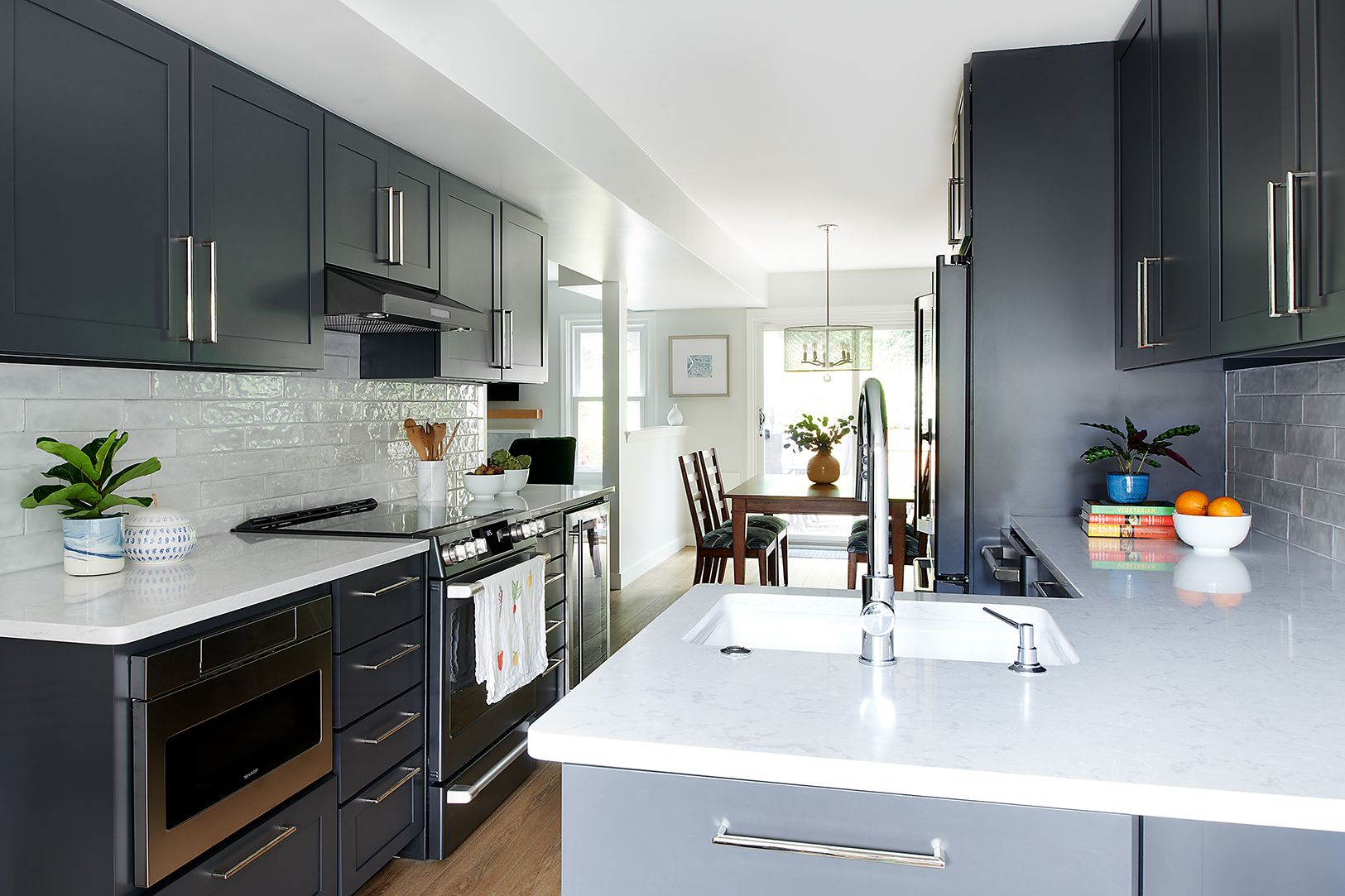As a homeowner considering a home improvement project, you should know your options for financing those improvements. Usually homeowners have three traditional financing options:
- Home Equity Loan
- Cash-Out Refinance
- Construction Remodel or Renovation Loan

For smaller projects, such as replacing a couple of windows, replacing gutters or putting in a skylight, a home equity line of credit may be ideal. For starters, this is usually the easiest and fastest approach to getting money, and once the line of credit is established, you can withdraw the money you want when you want it. Furthermore, if you plan to pay back the principle in a short period of time, a line of credit could cost you less in interest than other financing options.
With a cash-out refinance loan, you refinance your existing mortgage and include additional funds for your remodeling project. The bank rolls your current mortgage into the new loan and then gives you the balance of the loan in cash. So for example, if you have a $150,000 mortgage but do a cash-out refinance for $200,000, you’d receive $50,000 for your remodeling project.
One major drawback to this loan setup is that you are paying interest on the total amount immediately ($200,000 in the scenario above). This means that you could be paying mortgage and interest on the full amount before the remodeling project is complete. Another drawback is that you are locked into that amount – so if your project ends up costing more, you can’t get more money.
The construction remodel or renovation loan is designed for large remodeling projects – Additions, Kitchens and finishing the Basement. This financing option is treated like a construction loan. At settlement, the bank pays off your current mortgage and, in addition, sets up a “draw” schedule for paying the remodeler for your home improvements.
The biggest advantage to the construction remodel loan is the draw schedule: you are only paying interest on the money that has been paid toward the project – not the total amount. Also, this loan takes into consideration the future value of the property – after the home is renovated. This may allow you to tap into a larger pool of money to finance the project, not just the equity you currently have in the home.
No matter which financing option you are leaning toward, make sure you consult with your financial advisor to determine the option that is best for you. Each option has advantages and drawbacks, so it is important to weigh each option carefully.

